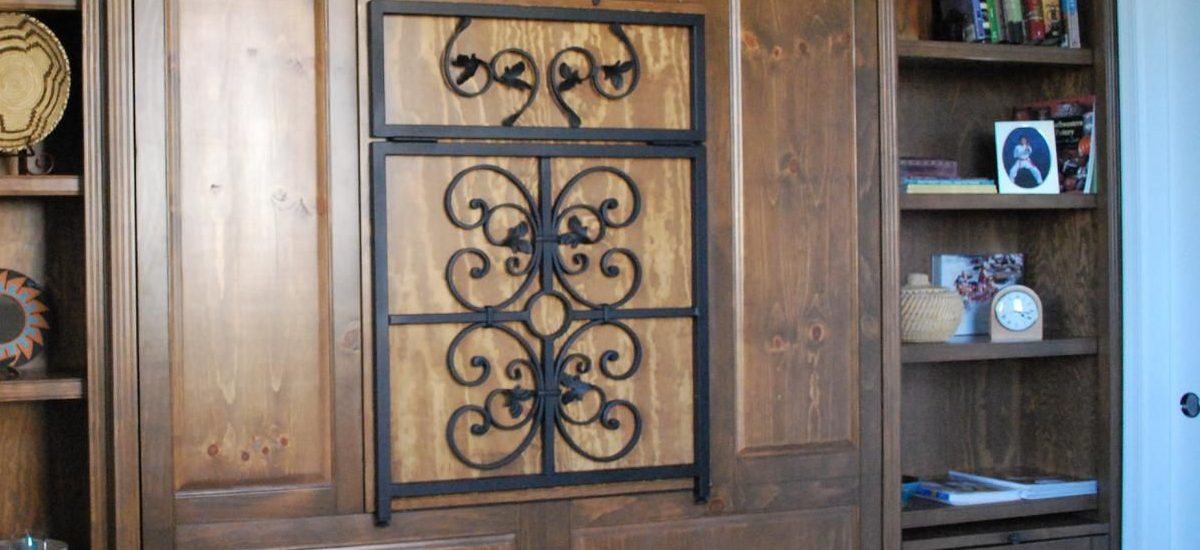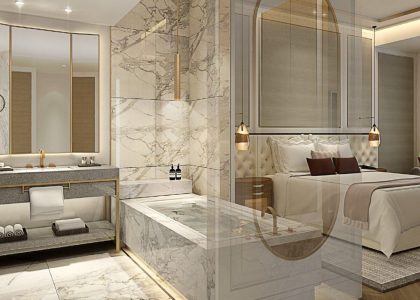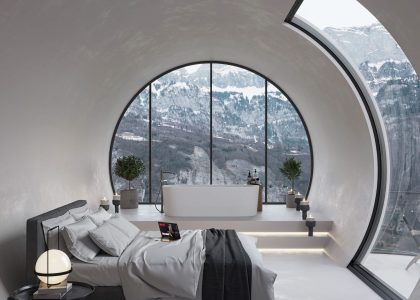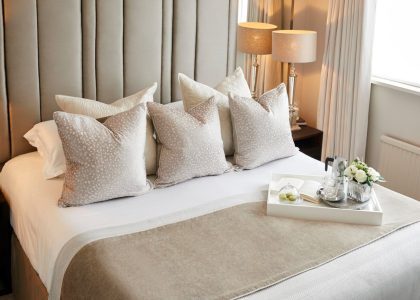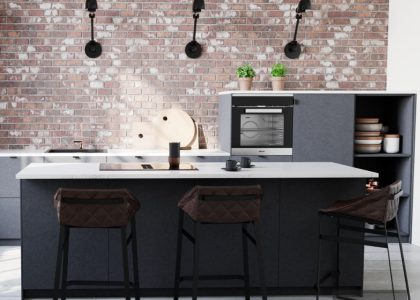Introduction
When it comes to home interiors, the Scandinavian style has been making waves in recent years, with its emphasis on clean, uncluttered, and functional design. Among the Scandinavian countries, Sweden has been particularly successful in creating a unique home decor style that combines simplicity, elegance, and functionality. In this article, we will explore the key features of Swedish home interiors and why they have become an inspiration for designers and homeowners worldwide.
Chapter 1: The Origins of Swedish Home Interiors
The design aesthetic of Swedish home interiors can be traced back to the early 20th century, when a new style called “Functionalism” emerged in architecture and design. The Functionalism movement emphasized the importance of function, simplicity, and rationality in design, rejecting ornamental and decorative elements that didn’t serve a practical purpose. This philosophy influenced not only architecture but also other areas of design, such as furniture, textiles, and lighting.
Functionalism was also closely linked to the Social Democrat movement in Sweden, which aimed to create a more equal and just society. The new housing projects built under this movement had to provide quality housing for everyone, regardless of their social status or income. This meant that the design had to be affordable, efficient, and practical. Swedish designers and architects focused on creating homes that were functional and comfortable, with plenty of natural light, good ventilation, and open floor plans.
Chapter 2: The Key Features of Swedish Home Interiors
What are some of the key features of Swedish home interiors that make them so appealing? Here are some of the most important elements:
Light and Airy Spaces
Swedish homes emphasize natural light and airiness, as they help create a feeling of spaciousness and freedom. Large windows, white or light-colored walls, and minimalist decor all contribute to a bright and airy atmosphere that is both calming and energizing.
Natural Materials
Swedish design also favors the use of natural materials such as wood, stone, leather, and wool. These materials provide warmth and texture to the home, creating a cozy and inviting ambiance. Furniture and accessories are often made of natural fibers such as linen, cotton, and sisal, which add a touch of softness and purity.
Color Scheme
The color scheme of Swedish home interiors is typically neutral, with white, gray, and beige dominating the palette. This monochromatic color scheme creates a sense of calm and order, allowing the eye to focus on the form and function of the objects in the room.
Functionality
As we mentioned earlier, functionality is a key aspect of Swedish design. Every object in a Swedish home has a purpose, from the furniture to the lighting to the decorative accessories. This focus on functionality means that there is little room for clutter or unnecessary objects, creating a clean and organized living space.
Chapter 3: How to Incorporate Swedish Home Interiors into Your Decor
If you’re interested in bringing the Swedish design aesthetic into your home, here are some tips to get you started:
Choose Light Colors
To create a light and airy atmosphere, choose light colors for your walls and furniture. White, gray, or beige are all good choices. If you want to add a pop of color, choose a bold accent piece or two, such as a red chair or a yellow vase.
Use Natural Materials
Choose furniture and accessories made of natural materials such as wood, stone, and wool. These materials provide texture and warmth to your decor, making the space feel cozy and inviting.
Add Functional Accessories
Choose functional accessories that serve a purpose, such as a wall-mounted coat rack or a bowl for keys and mail. These accessories not only add to the decor but also help keep your space organized and clutter-free.
Maximize Natural Light
Make the most of natural light by choosing window treatments that allow light to filter in, such as sheer curtains or blinds. Also, avoid blocking windows with furniture or accessories, as this can reduce the amount of light in the room.

